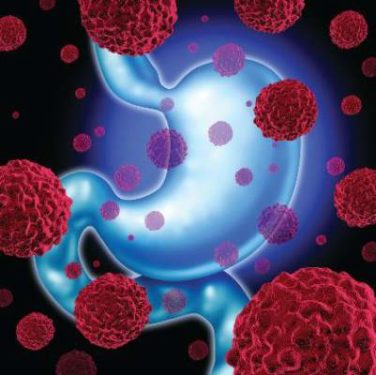FROM SCIENCE TRANSLATIONAL MEDICINE
Preservation of saliva production in patients undergoing radiotherapy for head and neck cancer may be improved by use of radiation technologies that spare regions of the salivary gland abundant in stem cells, according to researchers.
By tracking the stem cell marker c-Kit, investigators determined that stem cells were not uniformly distributed throughout the parotid gland, but were most abundant in the major ducts in the central region. In rats, irradiation of the center area of the parotid gland, compared with the exterior, resulted in a greater loss, and progressive loss, of saliva production after 1 year. Tissue morphology indicated clear differences in long-term regenerative capacities of the different regions of the gland (Sci Trans Med. 2015 Sep 16. doi: 10.1126/scitranslmed.aac4441 ).
The findings suggest that irradiation localized to the central region where the major ducts are found may result in gland dysfunction. The radiation dose to this area predicted dysfunction.
Stem cell distribution and parotid gland regeneration studies were done in mice and rats. A retrospective study of 74 patients with head and neck cancer correlated radiotherapy dose by region with salivary gland function.
To further evaluate the effects of radiation to the central gland region, the researchers compared two treatment plans in 22 patients. The first plan used a minimum mean dose to the entire gland, and the second minimized the dose to the critical region. The results indicated the second treatment plan resulted in dose redistribution that spared the stem cell region and was predicted to result in better posttreatment gland function.
Radiotherapy of tumors in the head and neck area often leads to irreversible hyposalivation, which severely compromises quality of life for patients. Whether radiation field optimization will eventually result in less xerostomia, or dry mouth, among patients remains to be determined, and a clinical trial is currently underway.
These findings confirm the importance of stem cells in long-term salivary gland function, according to Peter van Luijk, Ph.D., of the department of radiation oncology, University Medical Center, Groningen, the Netherlands, and his colleagues.
“It also suggests that autologous transductal stem cell transplantation may be a viable treatment strategy in patients where sparing this specific subvolume of the salivary glands is not feasible,” they wrote.
Dr. van Luijk reported having no disclosures.




